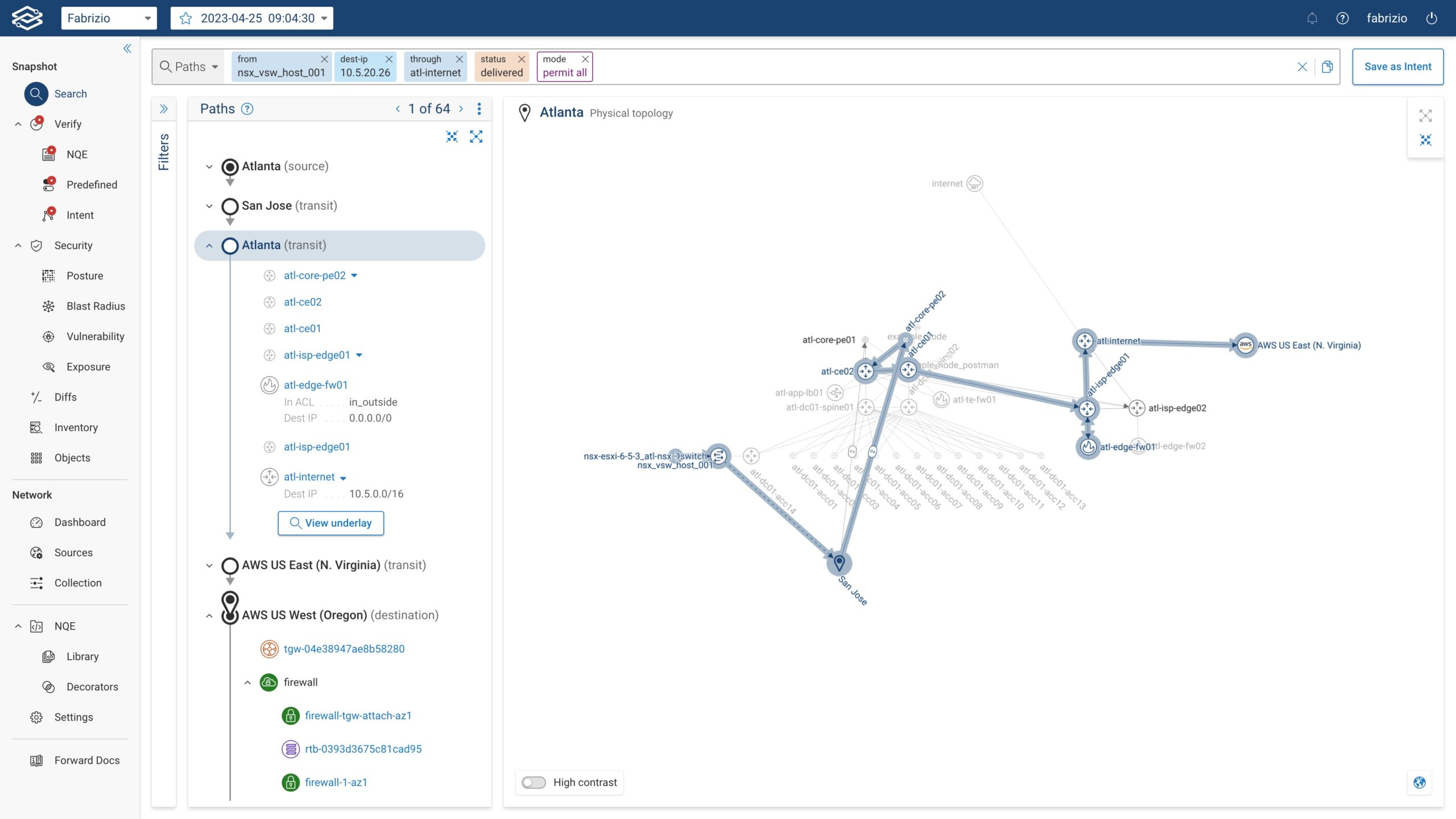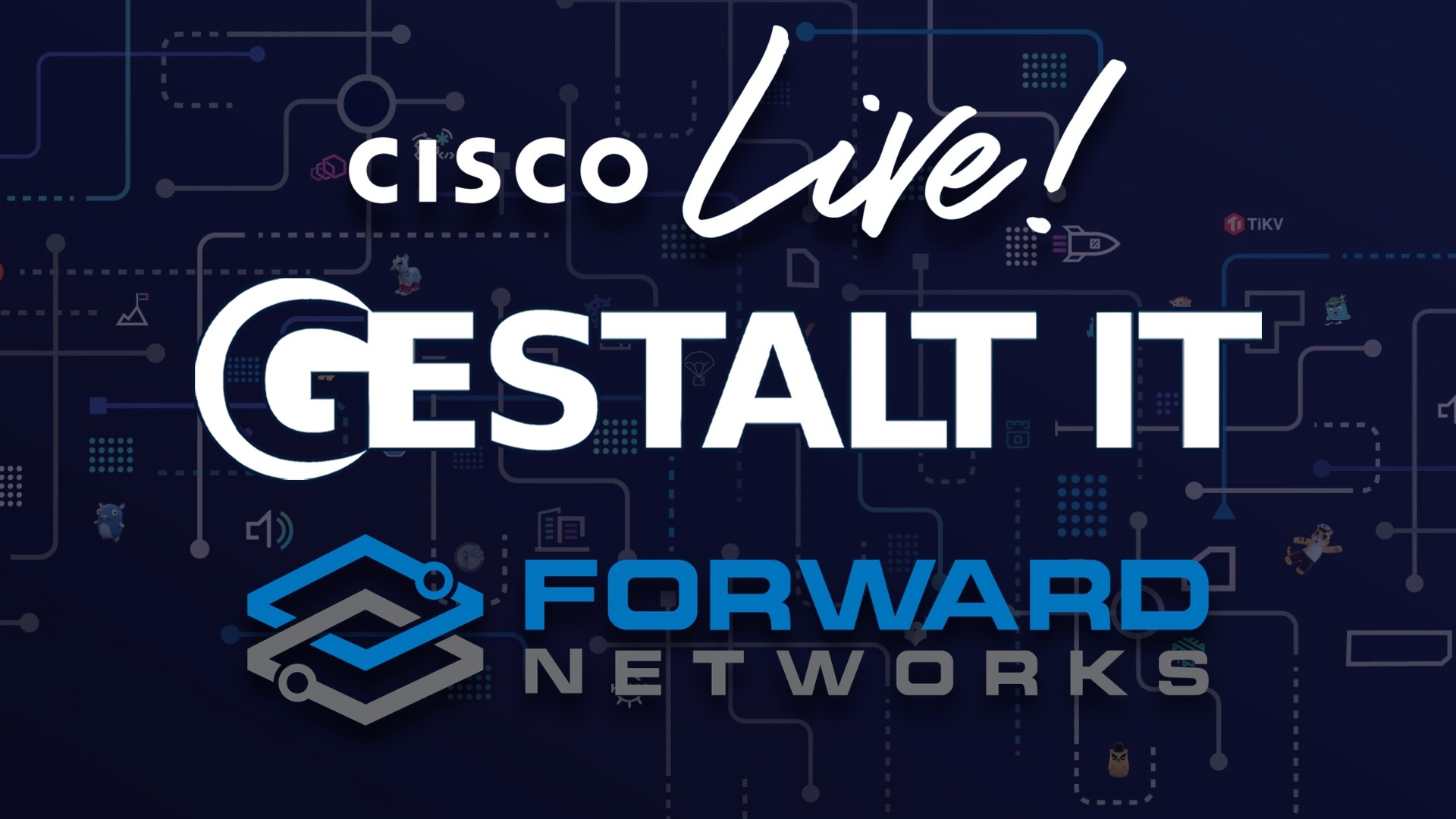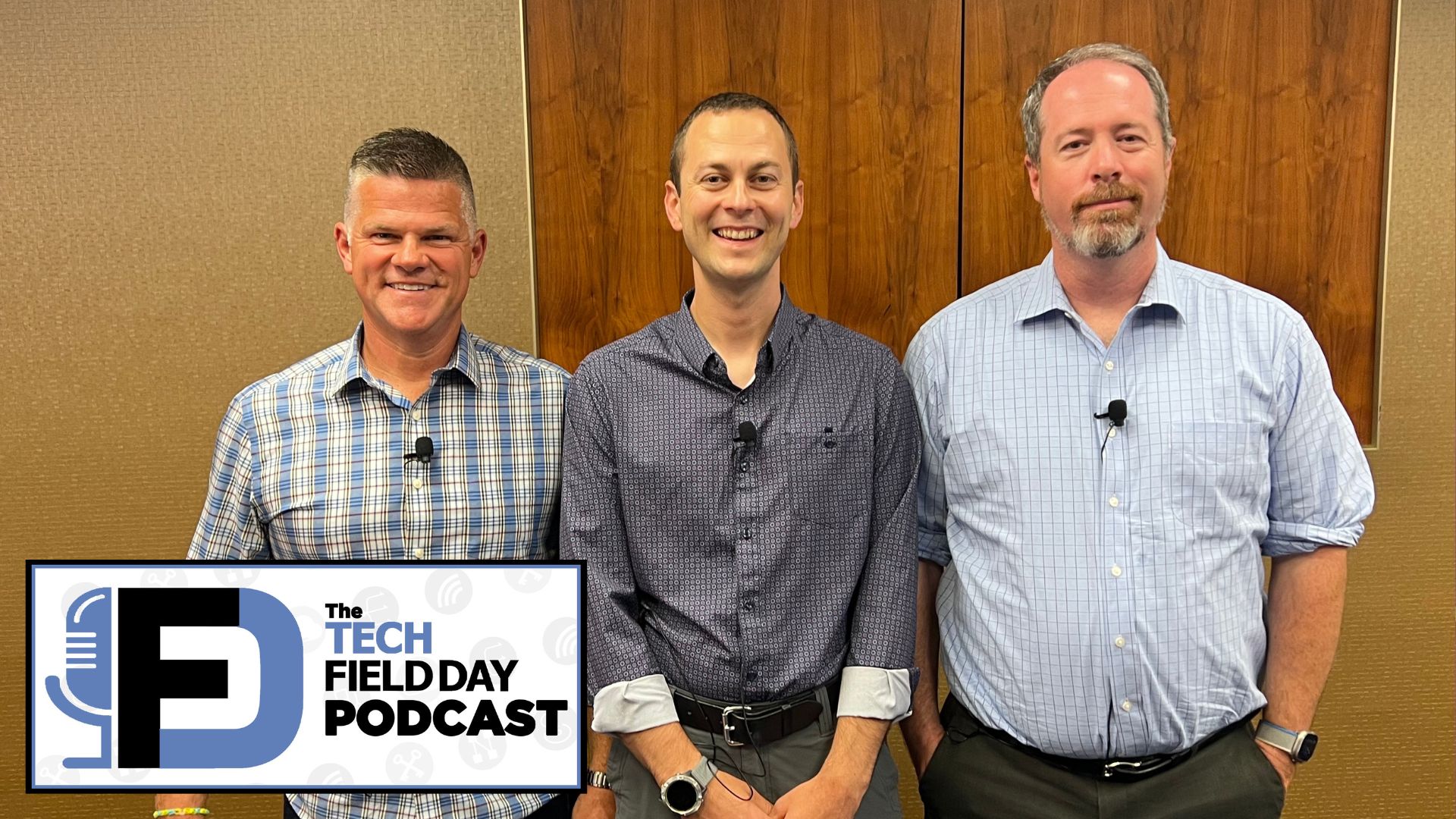Mergers and acquisitions (M&A) are common occurrences in business. After the ink dries on a deal, IT network and security teams embark on the challenging task of welding two different parts into a single whole.
Understanding how both parties’ networks are built and run is the first order of business to joining them and gaining value from the merger. Forward Networks’ core ability to build a digital twin of an environment and layer additional features on top of it provides a way to smooth the path to unity.
Left Hand Meet Right Hand
The M&A process kicks off with two companies’ IT teams meeting to trade diagrams, share information, and discuss what tools and systems are in place on each side. The discussion then pivots to tool selection, and finding ways to handle overlapping IP space, resolving interconnects, and leveraging key services and applications from each side.
Teams often adopt very relaxed connectivity postures around routing combined with very strict postures on firewalling. Adding the need for redundant connectivity to avoid outages, and it is common to face routing path asymmetries and breaking of critical traffic when multipathing through stateful, security devices.
Even after these conversations, challenges face the newly-united IT team. Members from each side must gain familiarity with new tools and processes. Visibility between the united networks tends to be spotty. Verification of required security rules is cumbersome and manual. Predicting the outcome of a change is nearly impossible as no one person is an expert on both sides of the environment.
Things get even harder when the two organizations are on different vendors and different deployment types. Staff are often unfamiliar with jargon from another cloud provider, or CLI syntax from a different router manufacturer. All the same, a majority of the challenges can apply even when the vendors and deployment types are the same between the two organizations.
These differences can slow interconnectivity between organizations or even, outright prevent it. They also create situations of lingering technical debt – the need to get things running right now, turns into don’t touch it, it’s in production.
Forward Networks Shows Users More, So They Can Do More
Forward Networks helps teams understand and work in their environment by first building a mathematically-modeled digital twin. They pull snapshots of state tables, firewall rules, forwarding entries, and other L2-L4 network and security fundamentals to accomplish this modeling.
These snapshots can also provide comparison capabilities between points in time, unlocking better observability and pinpointing changes in the environment. The digital twin is an always-accurate, up-to-date rendering of the environment at the moment it was captured.
Forward Networks supports data collection from all major cloud providers, as well most network and security device manufacturers. Broad device and topology support ensures path observability from end to end in multi-cloud, hybrid cloud, cloud only and on-premises only deployments.
Within the digital twin is an easy-to-use searching method called path filtering. Path filtering provides a simple, search engine-like way of interacting with the modeled network to see which route traffic will traverse. It quickly surfaces connectivity issues too, whether they arise from a lack of routing, or a lack of firewall rules.

One of Forward Networks’ superpowers is the Network Query Engine (NQE). Tom Hollingsworth highlighted NQE’s many uses and flexibility when Forward Networks first released it. Since then, the company has continued to expand NQE as a flexible, data-model-driven approach.
NQE allows for positive (or negative) verification of intent. It can be used to ensure that adherence to policy is maintained from change to change. As they run each time, a snapshot is pulled. Connect the platform to a change process, and you have re-verification for every change.

Moving Ms & As Forward with Forward Networks
Given Forward Networks’ strength in visibility, ease of use and validation across disparate network environments, it provides great assistance in a merger or acquisition situation. Users of Forward Networks – whether business, network, or security focused – can quickly confirm reachability between services and applications used by either party in the transaction.
Requests for new access can be validated in advance, helping ensure faster, more accurate conclusions to change windows.
Many M&A participants share common access to suppliers and other partners. Forward Networks can help highlight these overlaps and avoid routing asymmetries and outages that often go with them.
NQE’s intent validations can be leveraged to proactively ensure security compliance, path optimality and general availability. Security-focused validations ensure that critical security tools are not accidentally bypassed during a change. Routing-focused validations make certain that reachability exists between services and if not, it can show where the loss of routing occured.
Combining NQE and path filtering empowers unfamiliar IT team members from both organizations to bring their environments together more efficiently. The ability to model and display consistent information about both routing and security postures helps staff to effectively troubleshoot unknown platforms, such as a different cloud provider or firewall vendor.
Merging All the Dots
Tools are there to help users avoid mistakes. Even a highly skilled engineer can only help to the extent they understand the problem. Learning a new environment takes time and effort and is filled with roadblocks on access and unfamiliar vendors. Anything that can ease integrating networks can ease integrating companies – which is the entire point of M&A.
Forward Networks helps newly-joined teams work better together, regardless of their chosen platforms or deployments. The reduction in risk to both the overall environment and individual changes can smooth and accelerate the combining of two networks. Given how much technical debt is commonly incurred in these situations, the product can help to avoid the permanent, short-term solution.
Having experienced many acquisitions firsthand, and even having been part of a standing team focused on integrating acquired networks, it can be easily said that tools like Forward Networks’ can help make an M&A a technical success.
Find out more about Forward Networks on their website and watch their presentations from Cloud Field Day 16 on the Tech Field Day website.




